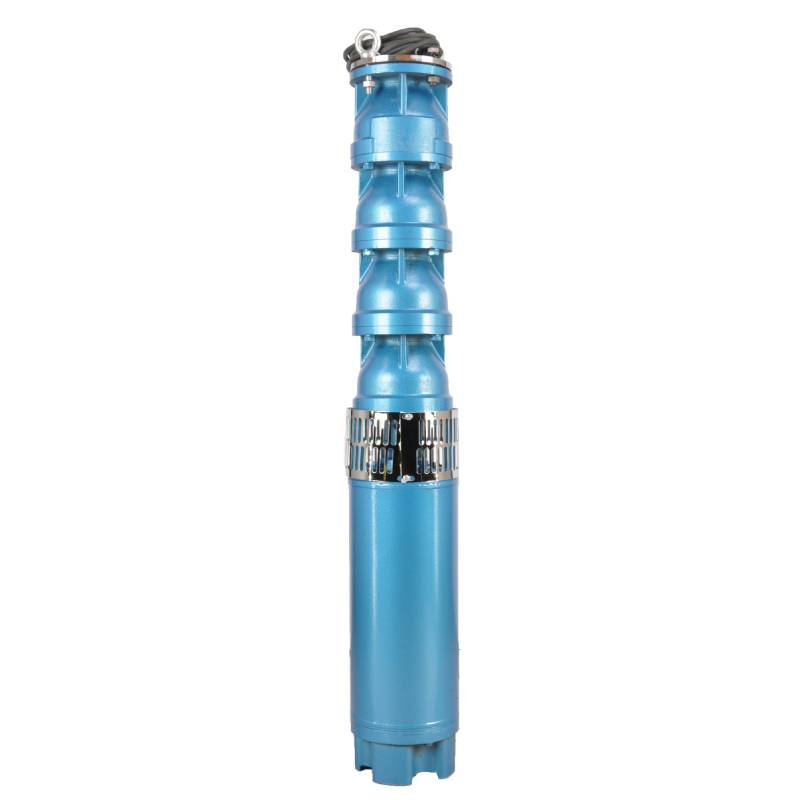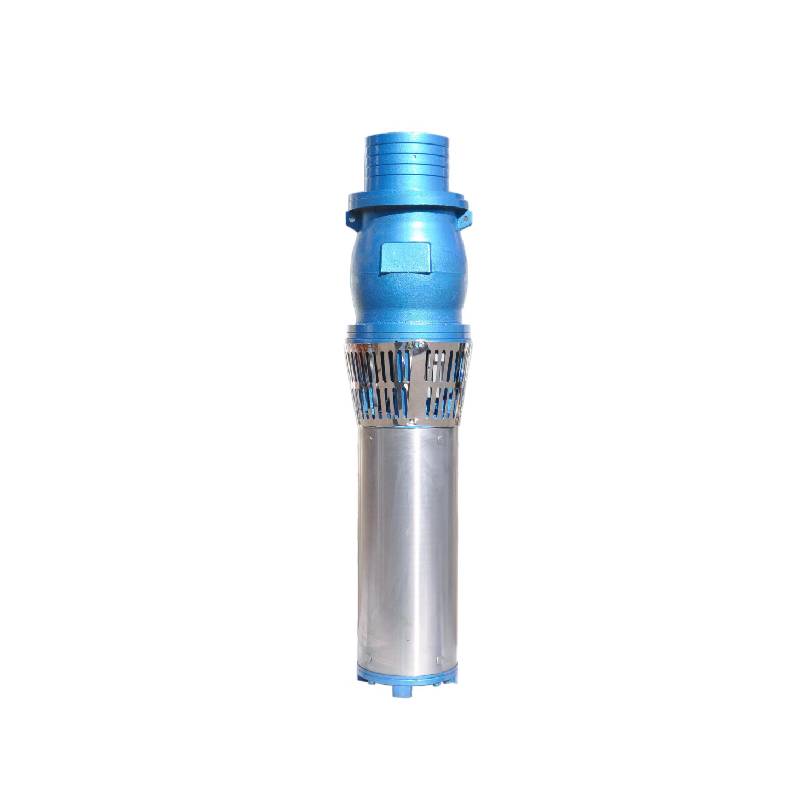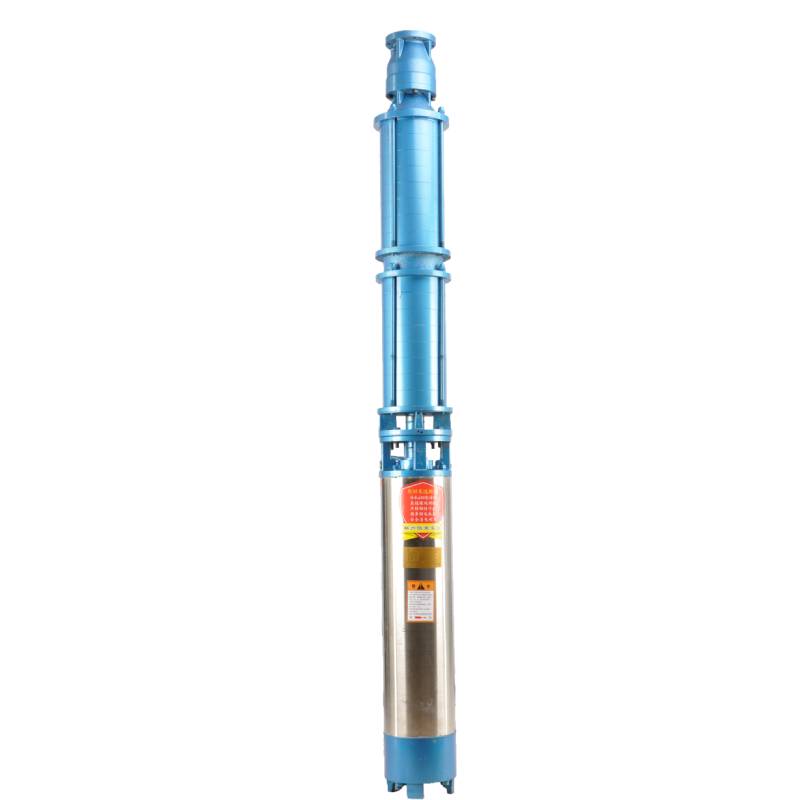9 月 . 06, 2024 01:22 Back to list
How Long Can a Submersible Pump Stay Underwater?
How Long Can a Submersible Pump Stay Underwater?
Submersible pumps are essential tools widely used in various industries, ranging from drainage and sewage removal to groundwater extraction and irrigation. These pumps are designed to operate underwater, allowing them to efficiently move fluids from one location to another. One of the common questions regarding submersible pumps is how long can they remain underwater?
The duration a submersible pump can stay underwater depends on several factors, including the specific design of the pump, the materials used in its construction, and the conditions of the environment in which it operates. Most submersible pumps are built with robust materials that can withstand prolonged exposure to water. The outer casing, usually made of stainless steel, plastic, or high-grade aluminum, protects internal components from corrosion and damage.
Typically, submersible pumps are designed for continuous operation while submerged. This means they can function efficiently as long as they remain underwater. However, it is essential to consider the pump's duty cycle, which refers to the time it can run relative to the time it should rest. Some pumps are rated for continuous duty, while others may require periodic breaks to avoid overheating, especially if they are being used to pump extremely hot liquids or in low-flow situations.
how long can a submersible pump stay underwater

Additionally, the type of fluid being pumped plays a critical role in determining how long a pump can stay submerged. For instance, when pumping clean water, the pump can remain underwater indefinitely, provided it is maintained correctly and not subjected to any unusual stresses. Conversely, pumping slurries or abrasive materials can lead to increased wear and tear, potentially shortening the lifespan of the pump.
Environmental factors, such as temperature and pressure, can also affect a submersible pump's performance and longevity. In deep-water applications, the ambient pressure can significantly increase, which may require specialized pumps designed to handle such conditions.
Maintenance is crucial for ensuring a submersible pump can operate effectively for as long as necessary. Regular inspections can help identify wear and tear, and replacing worn components promptly can prolong the life of the pump. Additionally, ensuring that the pump operates within its recommended limits will prevent overheating and excessive wear.
In summary, submersible pumps can stay underwater for extended periods, often continuously, as long as they are well-designed, suited for the specific application, and maintained properly. Understanding the characteristics of the pump and the conditions of the environment will ensure optimal performance and longevity, making these pumps invaluable for a wide array of applications.
-
Your Guide to Deep Well Pumps
NewsOct.31,2024
-
Why Choose a Stainless Steel Deep Well Pump?
NewsOct.31,2024
-
Understanding Water-Filled Submersible Pumps
NewsOct.31,2024
-
Understanding SS Submersible Pumps
NewsOct.31,2024
-
Reliable Submersible Well Pumps for Your Water Supply Needs
NewsOct.31,2024
-
Choosing the Right Submersible Pump for Your Water Management Needs
NewsOct.31,2024
-
 Understanding Water-Filled Submersible PumpsWhen it comes to selecting the right pump for your water management needs, understanding the different types available is crucial.Detail
Understanding Water-Filled Submersible PumpsWhen it comes to selecting the right pump for your water management needs, understanding the different types available is crucial.Detail -
 Guide to Installing a Deep Well Submersible PumpWhen dealing with deep wells, a deep well submersible pump is often the most effective solution for extracting water from significant depths.Detail
Guide to Installing a Deep Well Submersible PumpWhen dealing with deep wells, a deep well submersible pump is often the most effective solution for extracting water from significant depths.Detail -
 Finding the Right Submersible PumpWhen seeking an efficient solution for pumping water from deep wells, sumps, or other applications, the submersible pump is a leading choice.Detail
Finding the Right Submersible PumpWhen seeking an efficient solution for pumping water from deep wells, sumps, or other applications, the submersible pump is a leading choice.Detail
